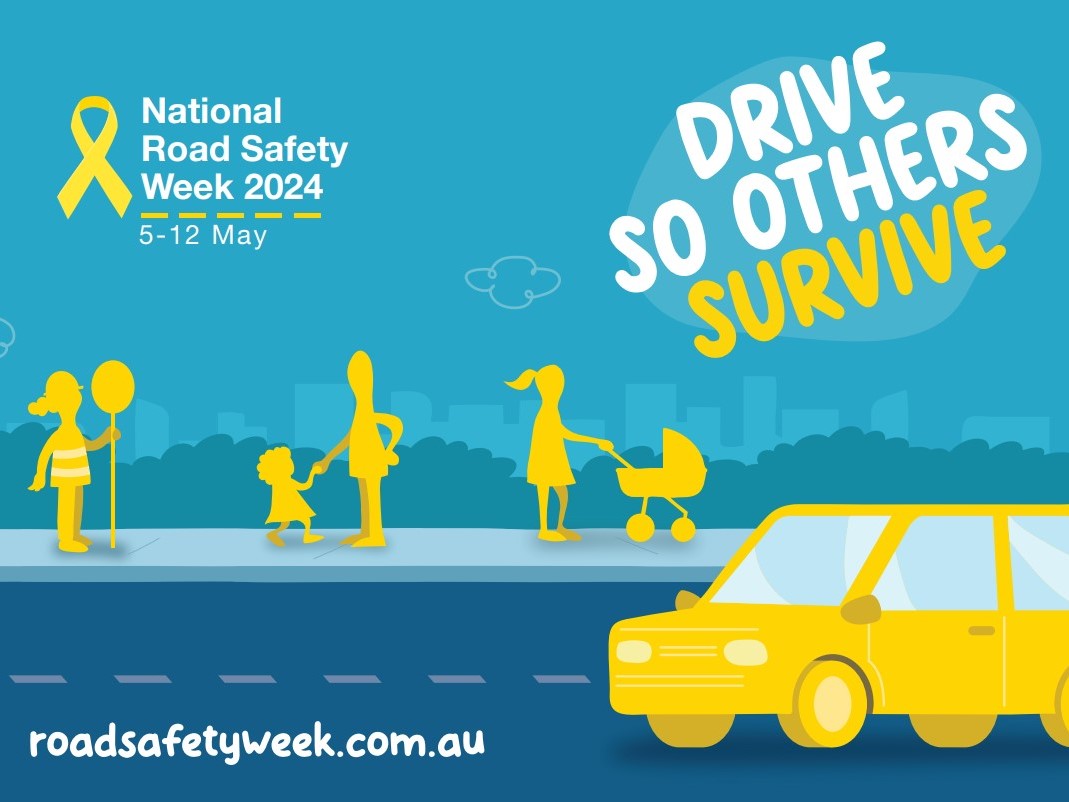
On this page:
- Statement on the utility of testing for COVID-19 to reduce the requirement for 14 days of quarantine
- Statement on Paediatric Inflammatory Multisystem Syndrome
- Statement on the role of asymptomatic testing
Statement on the utility of testing for COVID-19 to reduce the requirement for 14 days of quarantine
The AHPPC was asked to review the advice on the 14-day quarantine period and to consider if testing protocols for SARS-CoV-2 could be used to reduce the 14-day quarantine period or to facilitate early release.
There is no new evidence that indicates the quarantine period should be reduced. The median incubation period for COVID-19 is 4.9 – 7 days, with a range of 1 – 14 days. Most people who are infected will develop symptoms within 14 days of infection. Testing early in the incubation period before symptoms have developed may not detect infection, and a negative test result cannot be used to release individuals from quarantine prior to the outer range of the incubation period, which is 14 days.
A complete evidence review and technical explanation will be published on the Australian Government Department of Health website in due course.
Statement on Paediatric Inflammatory Multisystem Syndrome
AHPPC has considered advice from the Acute Inflammatory Vasculitis Working Group and the Paediatric Active Enhanced Disease Surveillance, regarding a condition provisionally named Paediatric Inflammatory Multisystem Syndrome Temporally associated with SARS-COV-2 (PIMS‑TS).
PIMS-TS is a newly described condition in children with features that overlap with Kawasaki Disease (KD) and Toxic Shock Syndrome (TSS); it appears to be associated with COVID-19 in certain circumstances.
To date, PIMS-TS has been reported in children from countries such as the USA, UK and Europe who are experiencing widespread community-based transmission of SARS-CoV-2 and thus, much higher rates of paediatric disease. COVID-19 in children is less common and typically a mild disease. PIMS-TS appears to be rare but worthy of better understanding.
The overall risk for any severe COVID-19 outcomes in children in the Australian context remains extremely low and no cases of PIMS-TS have been identified in Australia at this time. However, AHPPC supports:
- enhanced surveillance capabilities for this and related conditions in Australia during the COVID-19 pandemic.
- communication to paediatricians and general practitioners to make them aware of this potential complication of COVID-19.
- cooperation with paediatricians, surveillance and research networks internationally regarding further developments.
What is Paediatric Inflammatory Multisystem Syndrome Temporally associated with SARS-COV-2 (PIMS-TS)?
During the COVID-19 pandemic, doctors in the UK, Europe, and the USA have reported a small number of severely ill children and adolescents with fever and shock (dangerously low blood pressure and/or poor heart function, often requiring intensive care) frequently associated with abdominal pain and rash. This condition has been provisionally named Paediatric Inflammatory Multisystem Syndrome Temporally associated with SARS-COV-2 (PIMS-TS). The majority of patients have tested positive for SARS-CoV-2 by antibody testing or swab for the virus. Many have not been infectious at the time of diagnosis. The exact link between SARS-CoV-2 and PIMS-TS remains unclear.
How common is PIMS-TS overseas, and have there been any cases in Australia?
To date, PIMS-TS has only been reported in very small numbers internationally and only from countries with a high burden of COVID-19. The reported case numbers of PIMS-TS in New York are small relative to the total child population. In the UK report, 8 PIMS-TS cases were noted in an estimated catchment area of 2 million children; the number of COVID-19 infections in children in this population is not known but was certainly much higher than Australia. Overall, 229,705 COVID-19 cases in the UK, and 1,364,061 cases in the USA have been reported as at 13 May 2020.
In Australia there have been no reported cases of PIMS-TS or KD or TSS in children with COVID‑19. As in other countries, the proportion of all COVID-19 cases that occur in children is low (
The public health measures that have been effective in controlling COVID-19 are also likely to reduce, but not completely eliminate, the risk that PIMS-TS will occur in Australian children.
Statement on the role of asymptomatic testing
Australia has managed to suppress the transmission of SARS-CoV-2, the virus that causes COVID-19, across our community so that we are currently only seeing very low-levels of transmission.
Whilst asymptomatic infections at the time of testing have been reported from many settings, many of these cases develop some symptoms at a later stage of infection. The proportion of cases that are truly asymptomatic throughout the course of their infection is not yet fully understood. However, the risk of transmission from symptomatic cases is considered to be higher.
AHPPC recognises that testing plays an essential role in Australia’s approach to the control of COVID-19 and therefore the prevention of ongoing community transmission. The rapid detection and isolation of people with SARS-CoV-2 infection, and the quarantining of their close contacts has further supported our current low-levels of transmission.
A high testing rate across the population, and particularly in populations that are more likely to have an active SARS-CoV-2 infection, is essential to provide confidence that cases will be detected.
The primary approach for identifying people with an active SARS-CoV-2 infection is based on testing those with characteristic clinical symptoms, followed by those with atypical symptoms and then groups that are more likely to reveal the presence of undetected community transmission. The rationale is that people with symptoms consistent with COVID-19 have a much higher probability of testing positive for SARS-CoV-2 than people without such symptoms, and also present a higher risk of transmission to others. As described in the ‘Pandemic Health Intelligence Plan‘, testing should be prioritised in the following order:
- All people presenting with fever or acute respiratory illness. This represents the most important group in which to focus and increase testing.
- People at risk of exposure who present with atypical symptoms, such as health care workers and residential aged care facility workers.
- Contacts of cases, including upstream contacts of those without an epidemiological link (to find the index case), including people who are asymptomatic.
- Vulnerable populations and settings in which a single case or outbreak is identified, such as residential care settings; health care settings; remote Aboriginal and Torres Strait Islander communities; and workers in critical infrastructure. This may include the testing of all people in the relevant settings, including people who are asymptomatic.
- Vulnerable populations and settings where time limited cohorts are tested to assure absence of local transmission, such as, staff of residential care facilities, remote First Nations communities and other communities who may have barriers to access testing.
The large-scale, non-targeted testing for active infection with SARS-CoV-2 in asymptomatic people in Australia’s current low incidence environment is not recommended by the AHPPC. This approach is not considered an effective or efficient approach to the identification of disease transmission.
In the current suppression setting, many thousands of people may have to be tested to find a single asymptomatic person infected with SARS-CoV-2, whose risk of transmission to others is considered to be low. Such an approach would require a very large expenditure of resources, which could be better directed towards the detection and management of symptomatic cases. Further, when the level of community infections is low, the proportion of false positives becomes higher. A false positive result can have significant negative impacts for both individuals and their communities, as well as affecting confidence in SARS-CoV-2 testing more broadly.
AHPPC acknowledges that there are benefits in testing asymptomatic people in specific contexts for disease-control purposes, such as in populations at high-risk. Large-scale testing for SARS-CoV-2 in asymptomatic people for case finding purposes in an environment of extremely low incidence is not generally supported on epidemiological and cost-benefit grounds. AHPPC recommends that testing strategies should be developed in consultation with relevant national and jurisdiction public health authorities to ensure the most appropriate and effective approaches are employed.
Read previous statements from the AHPPC.







